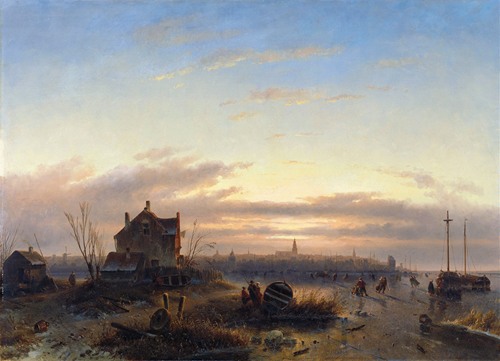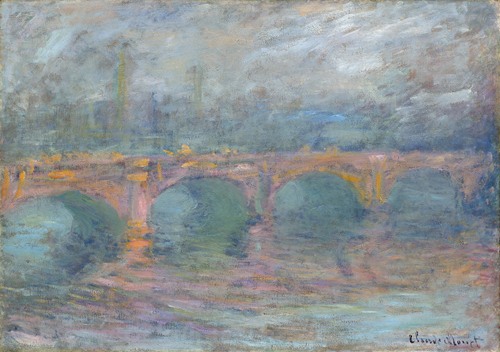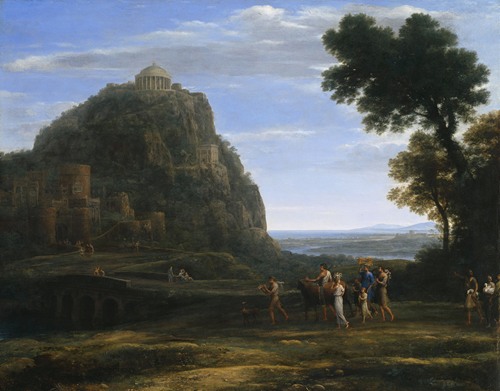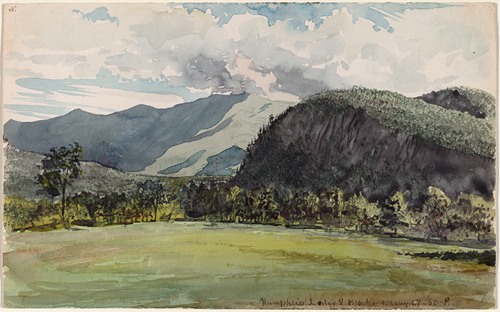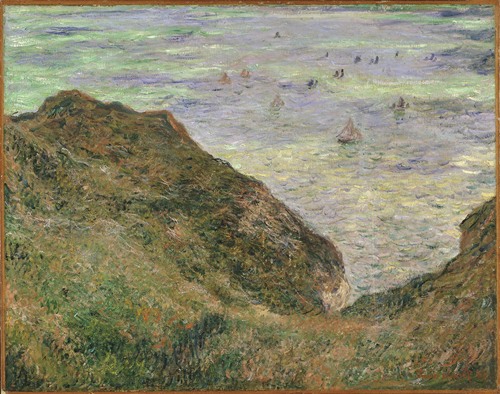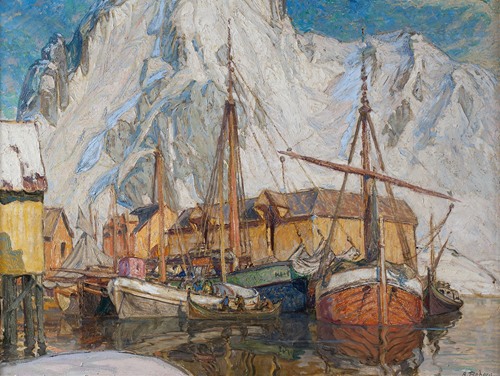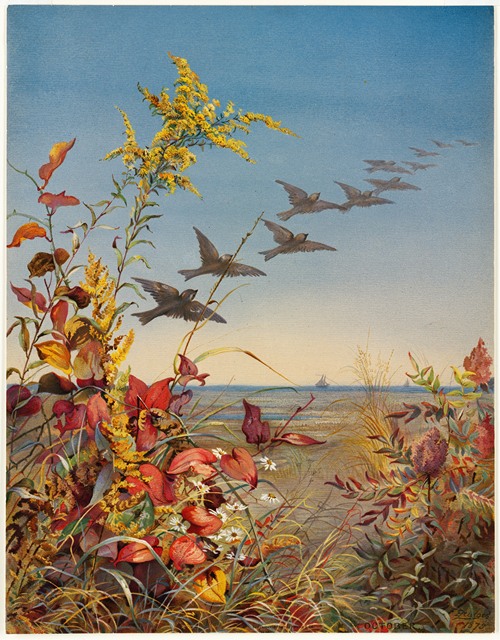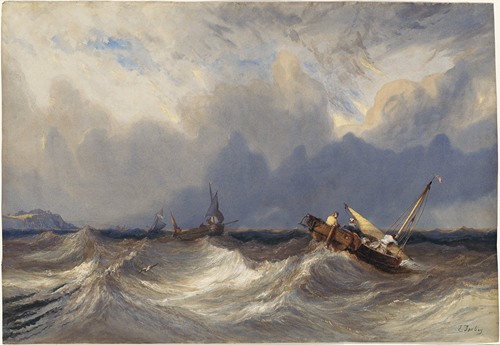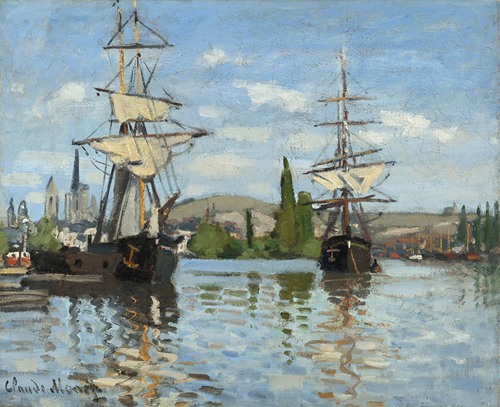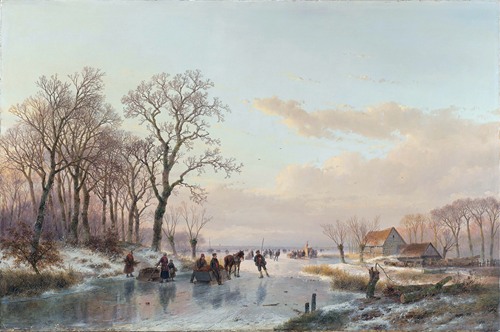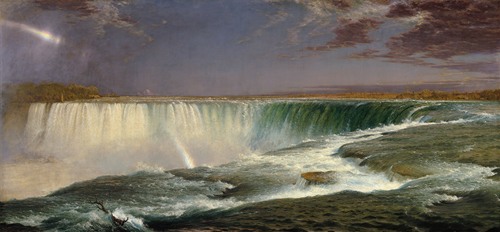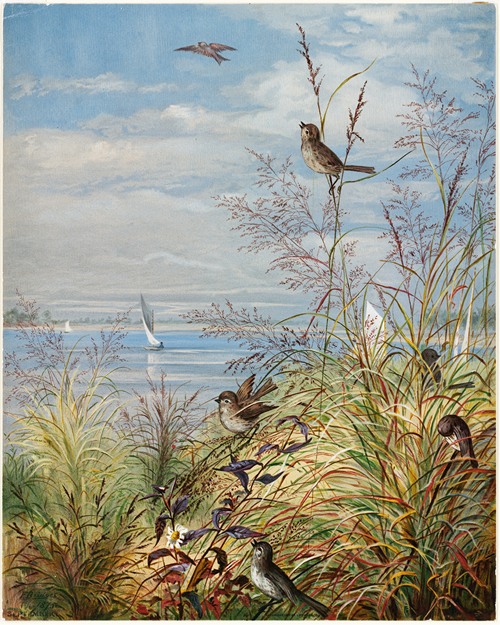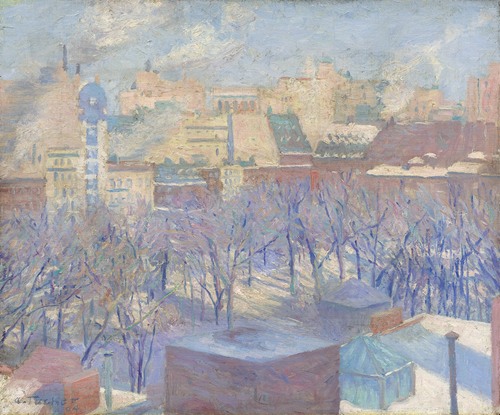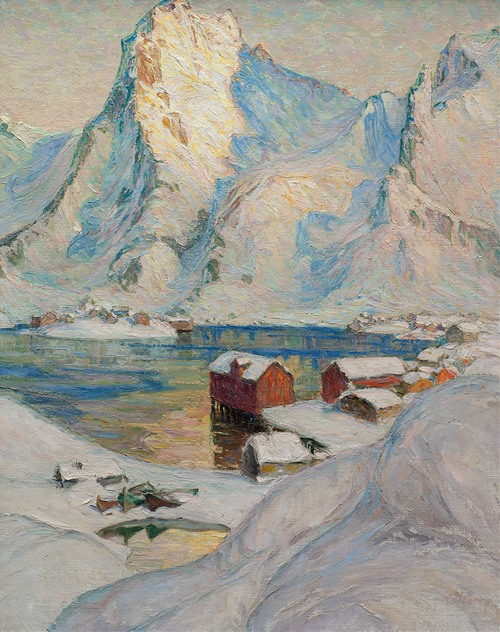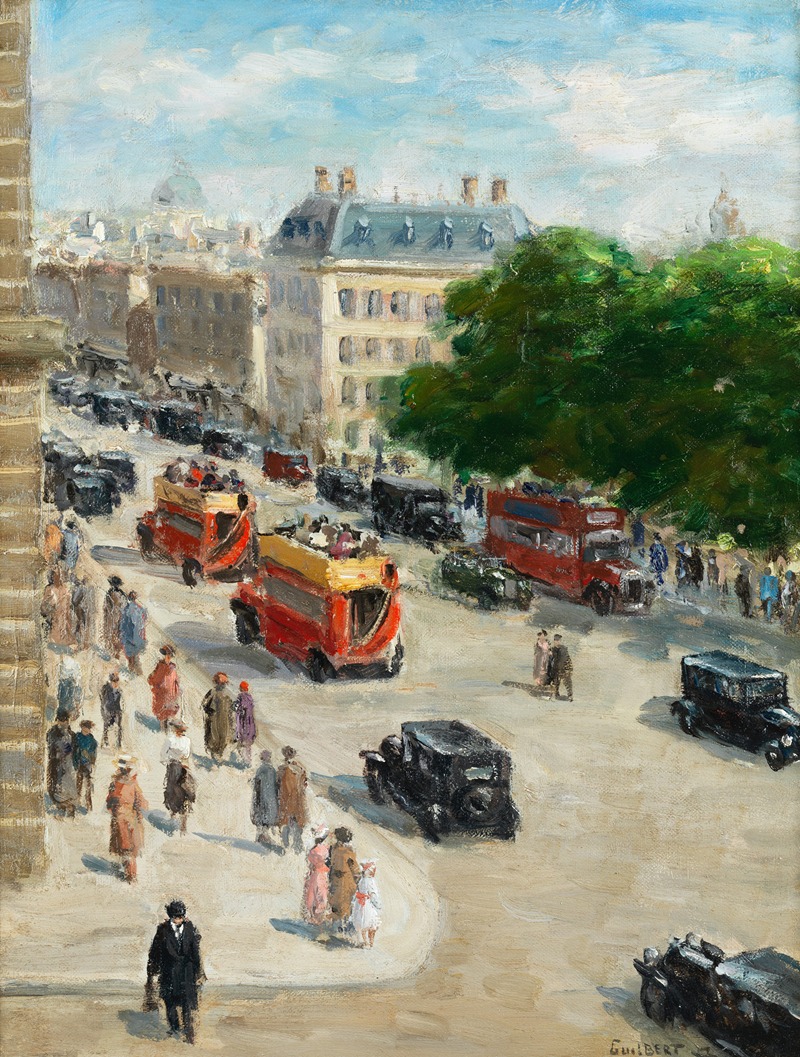

The son of a joiner, Narcisse Guilbert overcame considerable personal difficulties to enrol, aged 17, at the École des Beaux-Arts in Rouen, as a pupil of Zacharie. He won the Rouen academy’s Prix Pellecat in 1910, and the resulting bursary enabled him to travel and discover the landscapes of the Breton coast. In 1907, he was a founder-exhibitor with the Société des Artistes Rouennais; he held his first solo show in Rouen in 1908. He exhibited in Paris only once during his lifetime, in 1920.
Guilbert was a member of a group of Rouen painters, led by Albert Lebourg and Pierre Dumont, who were strongly influenced by the work of the Impressionists. The group’s founder, Delattre, established an Académie Libre where Guilbert and his friends studied and worked. Guilbert painted the coastal landscapes around Fécamp and Varengeville. In 1930, his most prolific year, he painted a large number of landscapes around Etretat. His painting of the Seine at Croisset is notable for its predominantly blue tonalities and dusky atmosphere. Broad brush-strokes in the foreground contrast with the more classical treatment of the clouds, amplifying the movement of light across the surface of the water. Guilbert’s paintings often play on contrasts of handling in this way, giving his waterscapes a sense of drama. He was a noted painter in the Seine-Maritime region, where a number of streets have been named after him (in Le Mesnil-Esnard, Pavilly, Pissy-Poville).
You may also like
